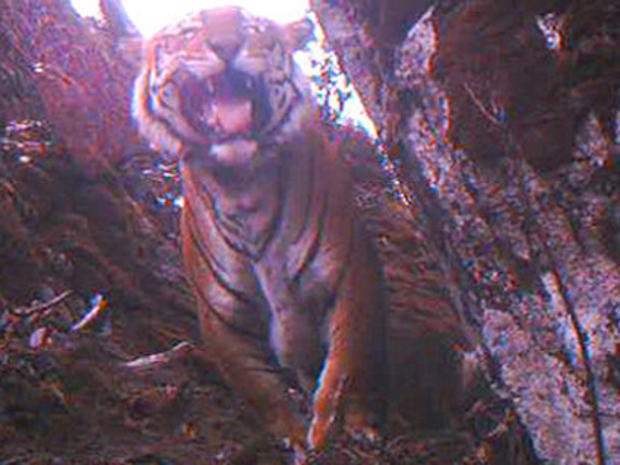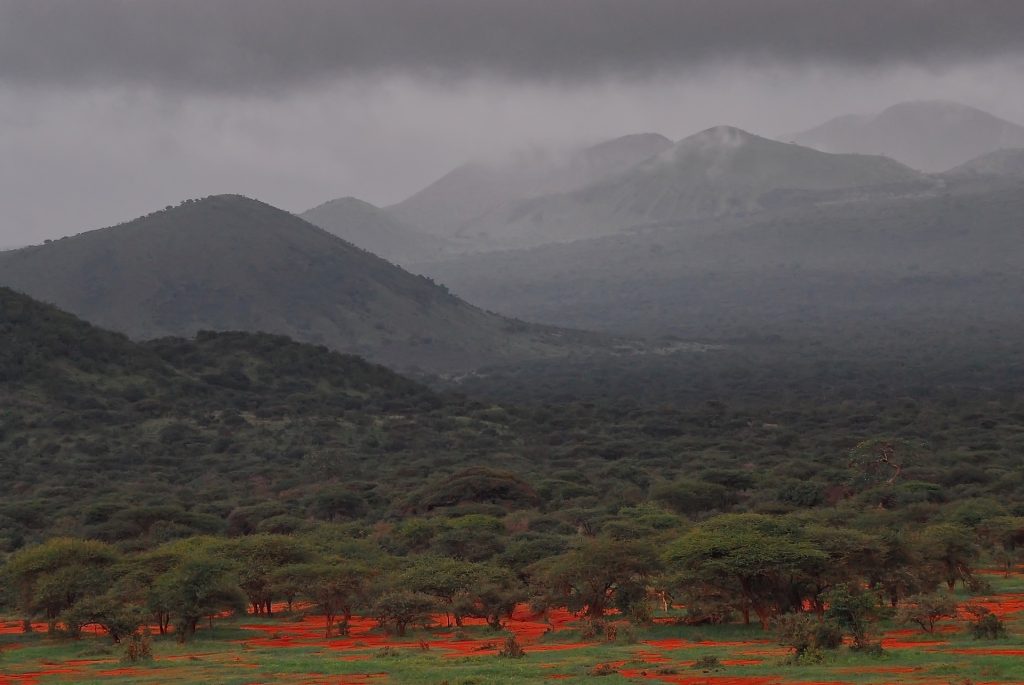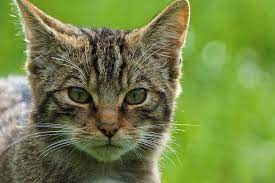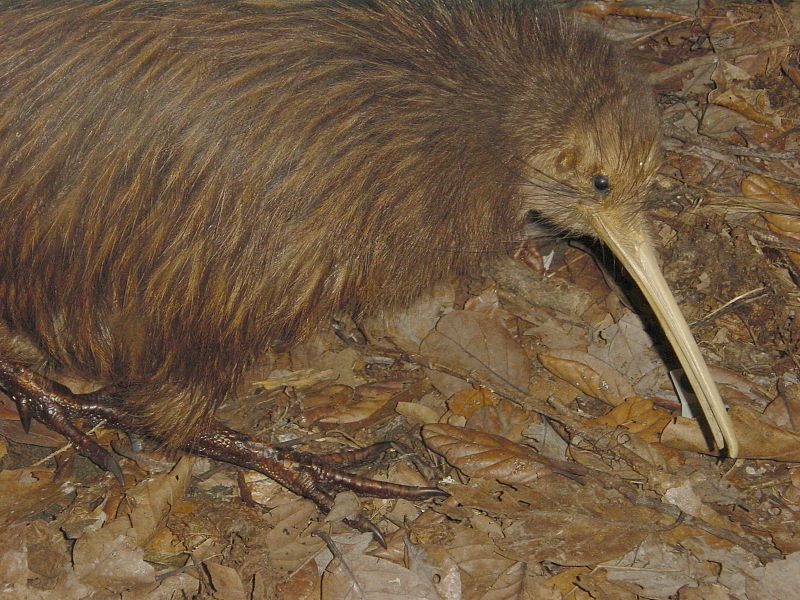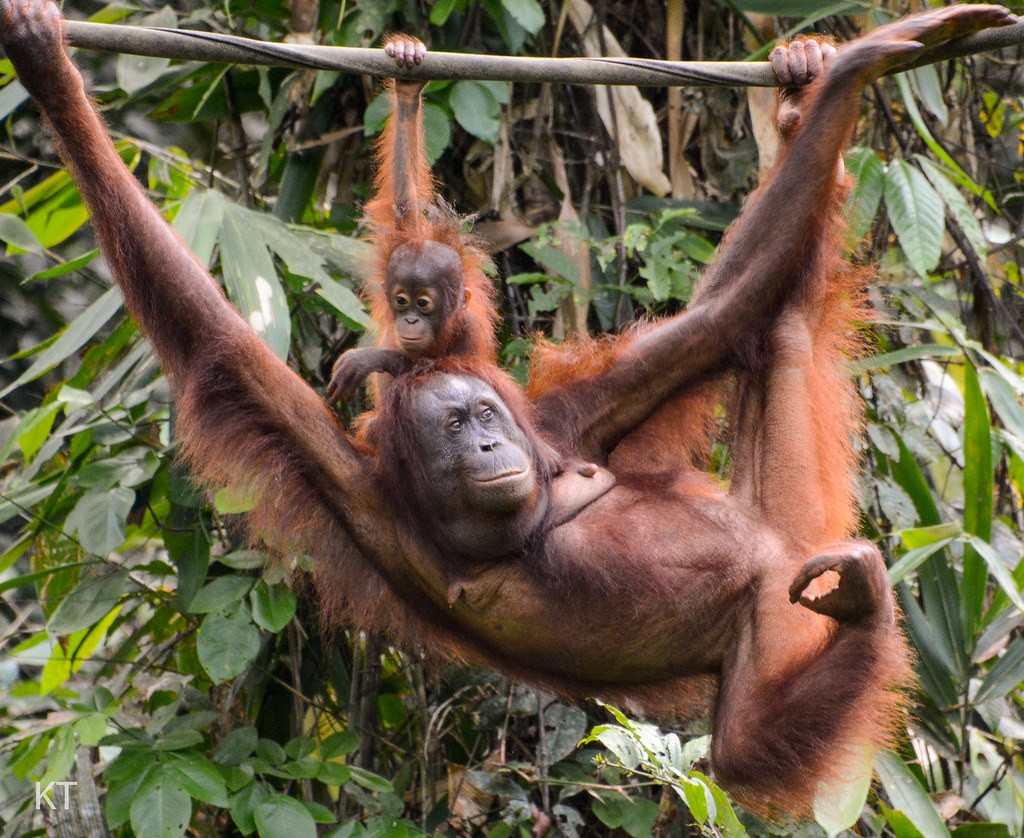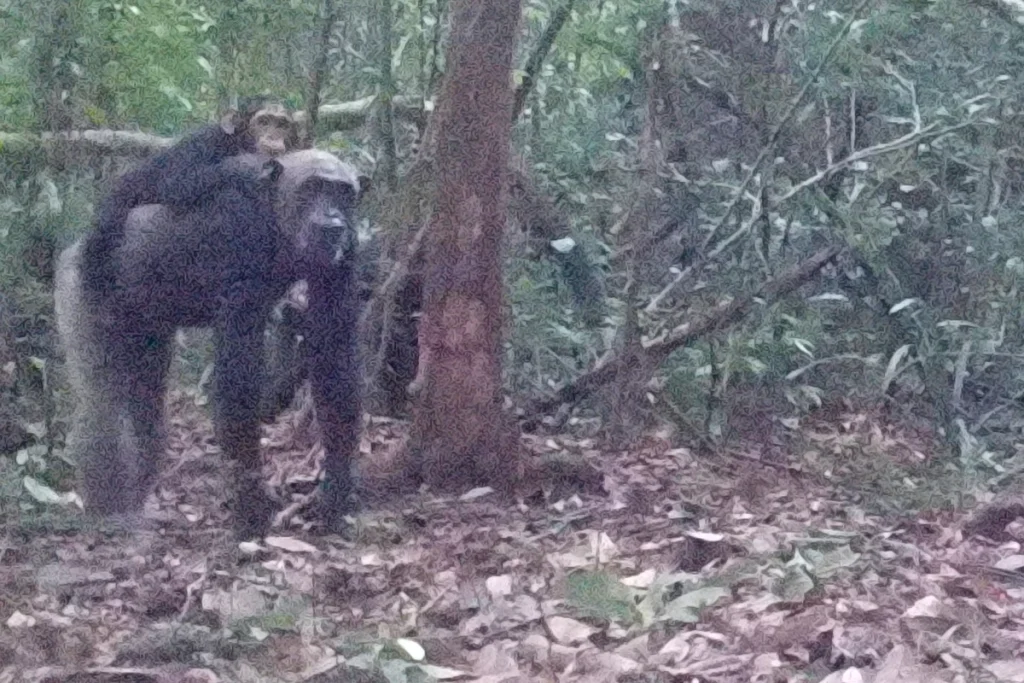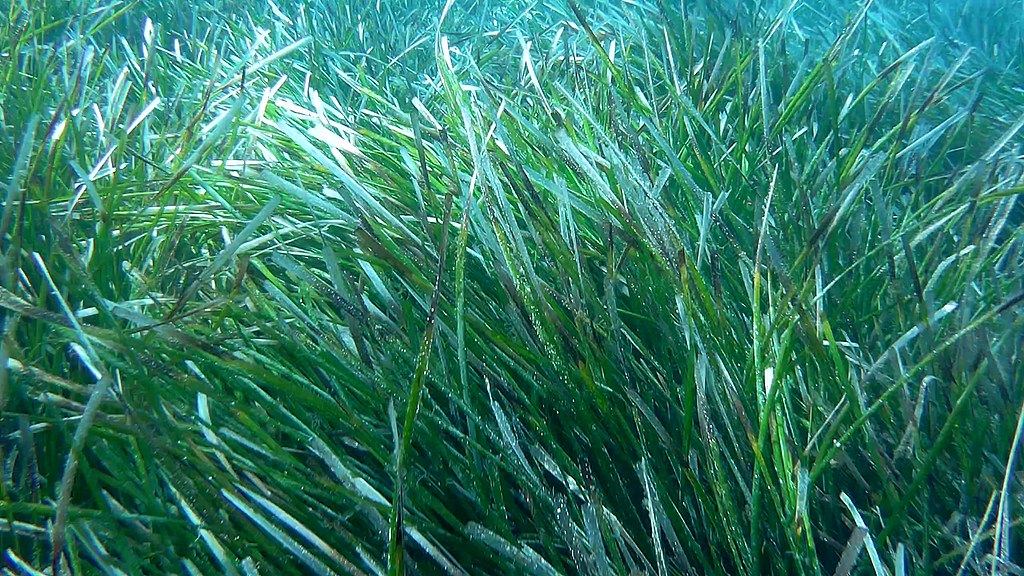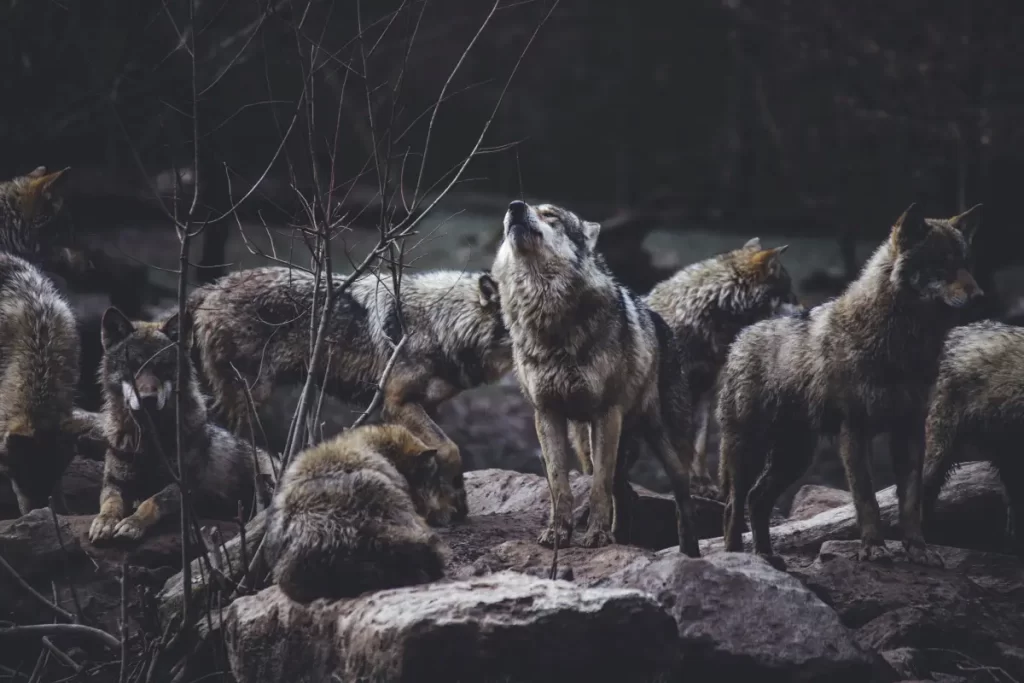A study in Oxfordshire last year, looked at how much carbon was locked away in 1000 trees. This study showed that old trees are more important than we thought, with them storing as much as twice as much carbon initially estimated.
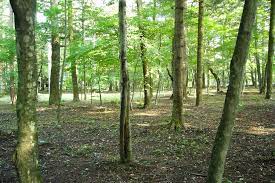
Why is this important?
Simple!
It shows that the destruction of the rainforest in Africa, Asia, and South America, cannot be offset by planting a similar number of trees in the north. Even worse, if the UK government decides to build a motorway that requires clearing an ancient woodland, replacing the trees one for one is not good enough.
This must rapidly be added to calculations


